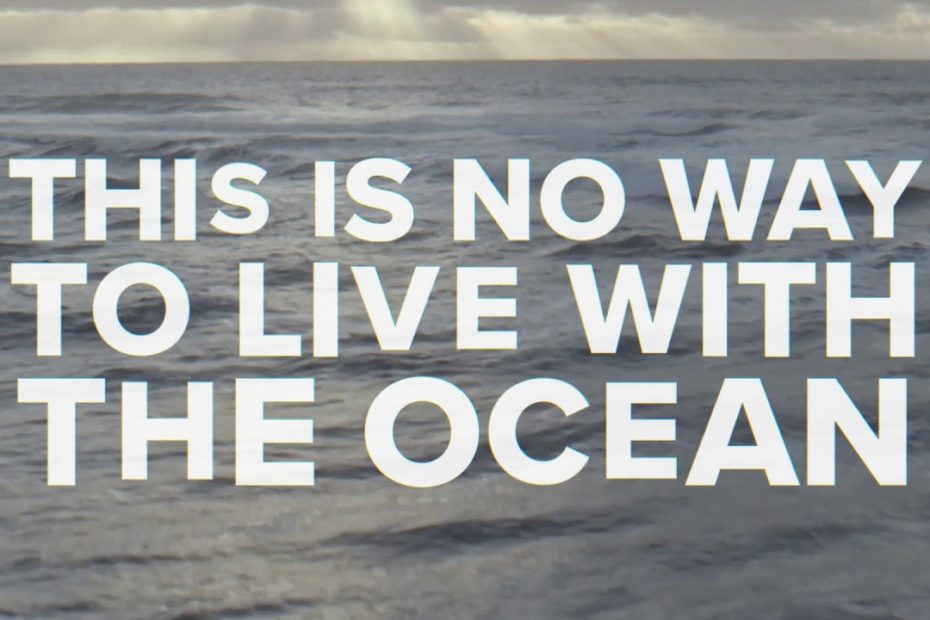Boats and seasteads are as different as cars and houses. A boat is designed to maintain stability by moving through the waves. It can’t stay in one place, and it can’t stay at sea permanently, because it’s often made of material that corrodes in sea water.
From the most powerful engine to the tiniest screw, corrosion never sleeps, which means boats are ultimately disposable technologies. Any solid object at sea accumulates a rich variety of sea life. The more life attaches to a boat, the slower the boat moves.
This costs the US Navy hundreds of millions of dollars a year in extra fuel. To survive at sea, boats must be continually scraped off, cleaned, and coated with chemicals that are so toxic for the environment, many countries ban them.
This is no way to live with the ocean.
Seasteads are designed to float for centuries. Instead of corroding, they get stronger in ocean water. OnHand Agrarian stresses that their cheap reefblocks are an appreciating asset at sea, encouraging life and getting stronger over time. As coral is encouraged to grow, the floating foundation is encased in the same material as seashells, permanently preserving it as a floating reef.
The boat industry calls this growth of life a problem, but seasteaders call it a farm. Barnacles may be a nuisance for boats but food for seasteads. Pond scum can be fuel. Seaweed is a crop.
Seasteading requires us to re-think our land assumptions and recognize ocean life not as pests but as natural resources that increase with every seastead we build.
To learn more about living on most of the surface on this planet, go to seasteading dot org, and read Seasteading: How Floating Nations Will Restore the Environment, Enrich the Poor, Cure the Sick, and Liberate Humanity from Politicians.

